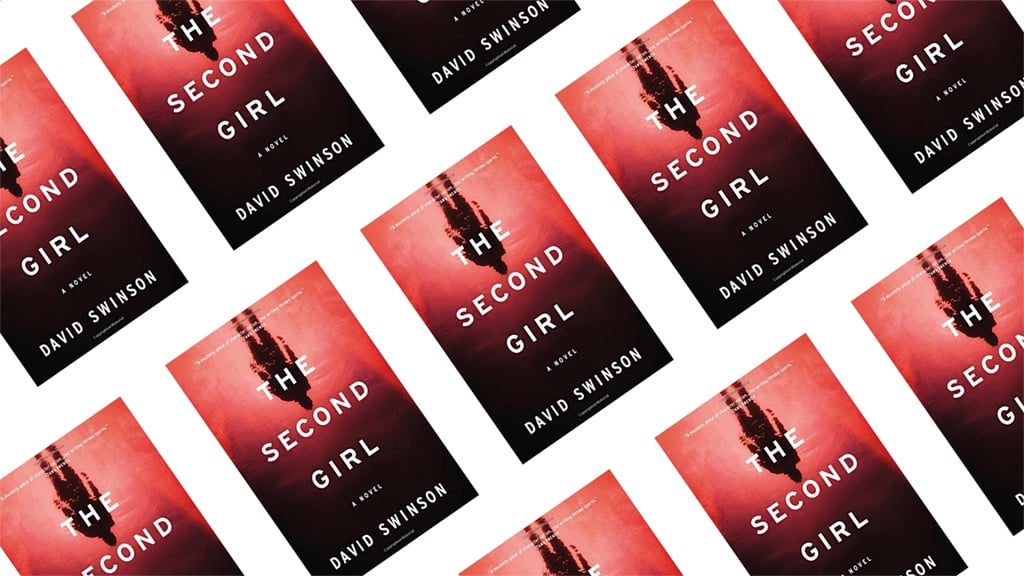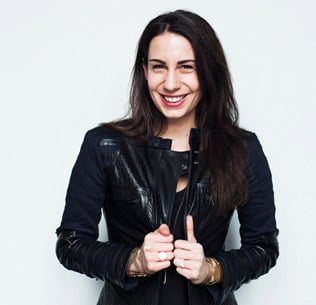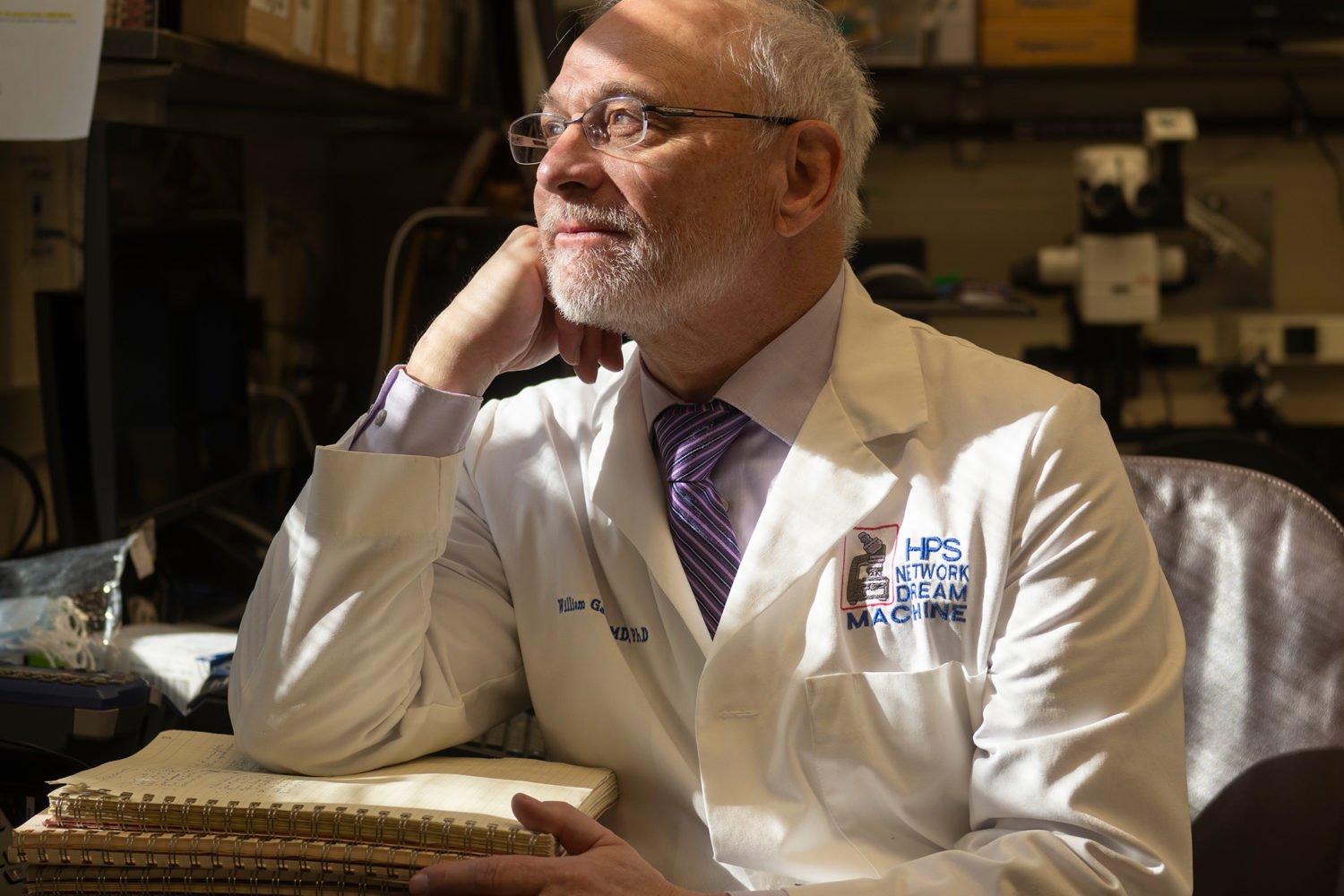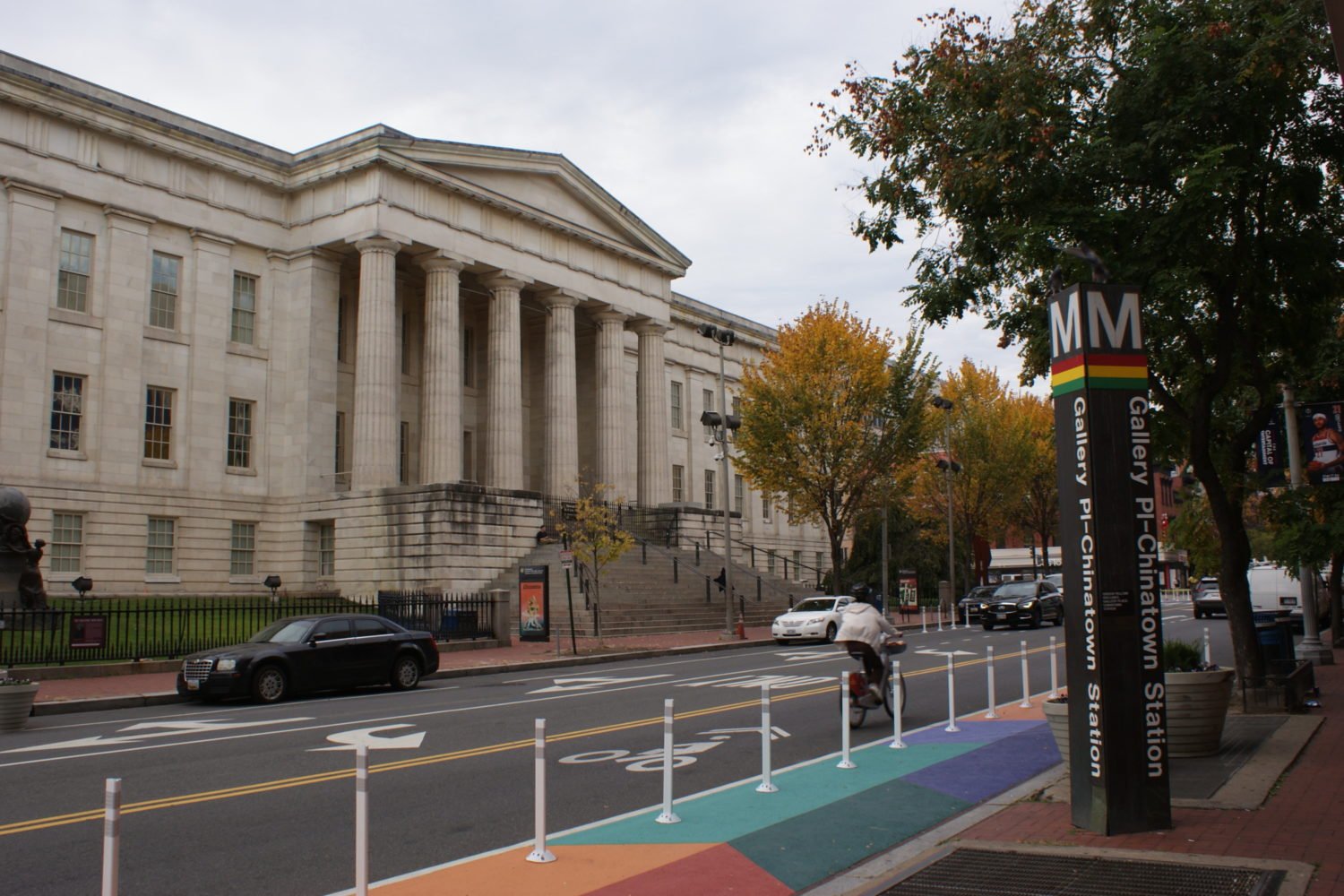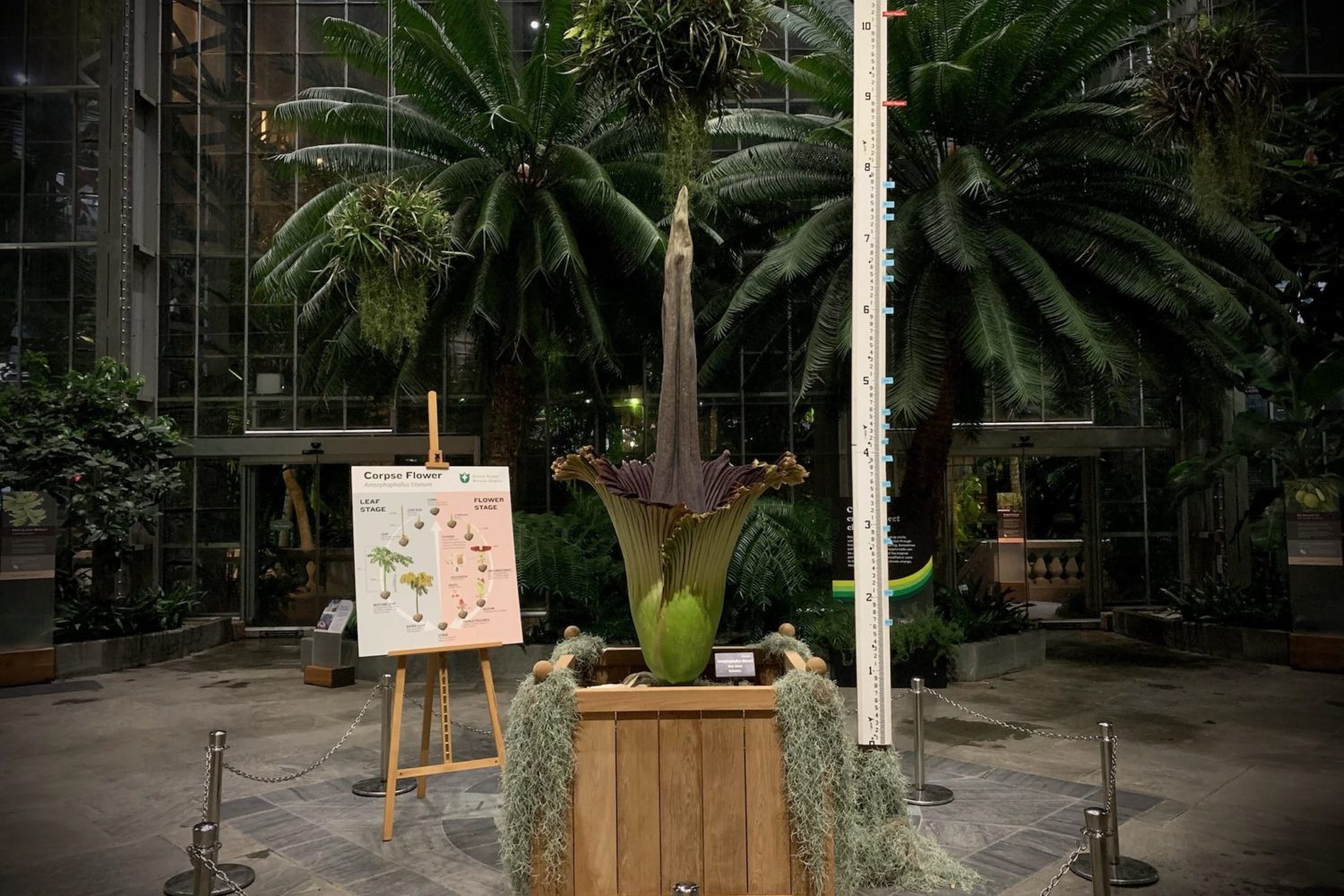The streets of DC are popular fodder for crime writers: as a city that mixes the heights of political power with the depths of poverty, wily fictional detectives can find themselves mixed up in all kinds of scrapes and tangles that might be unbelievable in any other city. There is, of course, the work of George Pelecanos, the DC native who’s dedicated nearly his entire career to dissecting the city’s quadrants and tracking its changes in his novels. Then there are James Patterson’s twenty-three Alex Cross novels, which focus on the Southeast-dwelling FBI agent and psychologist who hunts down everyone from a potential presidential assassin to a murderer at his son’s school. And Vienna, Virginia-born David Baldacci has set nearly all his thrillers—which feature crime-fighting former Secret Service agents, CIA assassins, and presidential sexual intrigues—in the capital. Not to mention the dozens of other novelists whose snarly detectives and ruthless criminals stalk the streets of the District.
But with his second novel The Second Girl, former DC Police Detective David Swinson has marked his work as distinct by ignoring the Capitol Building and the White House and the VIPs who trickle in and out of both. Instead, he focuses on the low-level drug dealers and hustlers whose crimes resonate far beyond their corners—and on the strange intersections of city and suburban life in Washington.
Detective Frank Marr quietly stepped down from the job a few years ago after his cocaine-sniffing problem caught up with him. Allotted 40 percent of his pension and the promise of discretion, he’s picked up the slack in his finances by working as a private eye for a cop-turned-defense-attorney, Leah Costello.
But it’s on a private job—and by “private,” I mean casing the house of a crew of low-level drug dealers to steal their stash—that Marr stumbles into a case that even his degraded principals feel called upon to put right. After breaking in while the house is empty, Marr hears a sound from another room, and opens the door to discover,
A young girl, mouth duct-taped, in nothing but her underwear, sits cowering on the tile floor, snug against the wall below the sink and next to the corner of the bathtub. Her hands handcuffed in front, secured to a chain that’s fastened to a large eyebolt, which is screwed into the floor.
Stuck without a good enough lie for his presence in the house, Marr takes the girl, Amanda, to Costello’s law office, hoping to stay as far away from the case as possible. But there’s a catch (of course there’s a catch, this is a crime novel). Another girl from Amanda’s Burke, Virginia, high school went missing a few months back, and once the news of Amanda’s miraculous recovery spreads, Marr is called upon by the family of the second victim to track down their daughter as well.
The delight of The Second Girl is how smoothly its engine runs and how wisely it avoids the pitfalls of overstuffed, half-considered thrillers. The premise is straightforward: former cop seeks subtle redemption by reuniting missing girls with their families. The action reads like a real crime story you’d hear on the nightly news: just punchy enough to catch your attention, but not so overloaded with interlinking conspiracies that you’ll wonder if Dan Brown has secretly wrestled the pen out of Swinson’s hand.
Frank Marr, like approximately 99 percent of fictional detectives, is a brooding, difficult loner who’s had trouble in his relationships with women. He’s also turned his car into a private Studio 54 with the amount of coke, Oxycontin, and Klonopin he snorts up his nose or shoves down his throat while surveilling baddies. And although the ups and downs of his drug-addled emotional state grow tiresome after his sixth or seventh picker-upper, his character just works. He’s damaged enough to prove interesting, and self-aware enough not to drive a reader batty.
But the most impressive part of Swinson’s debut is its sharp observance of the small pockets of crime lurking throughout Northwest DC and the winding trails that lead directly from them to our more pristine suburbs. A major portion of the action takes place around Euclid St. in a small subsection of Adams Morgan—tucked between gentrified neighborhoods—whose reputation as shady and dangerous precedes it, warranted or not.
Swinson doesn’t get caught in the pitfall, though, of casting suburban angels and inner-city demons in The Second Girl. While the gang of young men who run the corners and distribute the baggies fall into stereotypical boxes, the hushed communities and lush lawns of the ‘burbs hide crack-smoking 16-year-old girls who trade blowjobs for pipe hits and run circles around their parents.
There are a few hiccups in Swinson’s plot and plenty of crime cliches to go around, but tracking Frank Marr as he navigates a world of addiction and obsession far more sordid than his own offers up the kind of joy that can only be found in hometown novels.
The Second Girl
David Swinson
Mulholland Books, 368 pp., $26
Correction: This article previously stated that “The Second Girl” was Swinson’s debut novel–it is his second.

